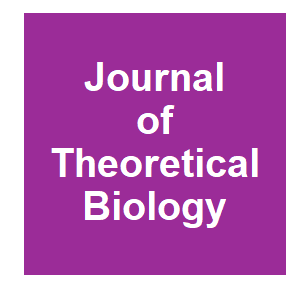Autocatalytic-protection for an unknown locus CRISPR-Cas countermeasure for undesired mutagenic chain reactions

|
E. Schonfeld, E. Schonfeld and D. Schonfeld,
Journal of Theoretical Biology,
528:110831.
2021.

The mutagenic chain reaction (MCR) is a genetic tool to use a CRISPR–Cas construct to introduce a homing endonuclease, allowing gene drive to influence whole populations in a minimal number of generations (Esvelt et al., 2014, Gantz and Bier, 2015, Gantz and Bier, 2016). The question arises: if an active genetic terror event is released into a population, could we prevent the total spread of the undesired allele (Gantz, et al., 2015, Webber et al., 2015)? Thus far, effective protection methods require knowledge of the terror locus (Grunwald et al., 2019). Here we introduce a novel approach, an autocatalytic-Protection for an Unknown Locus (a-PUL), whose aim is to spread through a population and arrest and decrease an active terror event’s spread without any prior knowledge of the terror-modified locus, thus allowing later natural selection and ERACR drives to restore the normal locus (Hammond et al., 2017). a-PUL, using a mutagenic chain reaction, includes (i) a segment encoding a non-Cas9 endonuclease capable of homology-directed repair suggested as Type II endonuclease Cpf1 (Cas12a), (ii) a ubiquitously-expressed gene encoding a gRNA (gRNA1) with a U4AU4 3′-overhang specific to Cpf1 and with crRNA specific to some desired genomic sequence of non-coding DNA, (iii) a ubiquitously-expressed gene encoding two gRNAs (gRNA2/gRNA3) both with tracrRNA specific to Cas9 and crRNA specific to two distinct sites of the Cas9 locus, and (iv) homology arms flanking the Cpf1/gRNA1/gRNA2/gRNA3 cassette that are identical to the region surrounding the target cut directed by gRNA1 (Khan, 2016, Zetsche et al., 2015). We demonstrate the proof-of-concept and efficacy of our protection construct through a Graphical Markov model and computer simulation. More related to this: Active Genetic Neutralizing Elements for Halting or Deleting Gene Drives Precision control of CRISPR-Cas9 using small molecules and light Cas9-triggered chain ablation of cas9 as a gene drive brake Biologists create new genetic systems to neutralize gene drives
|



